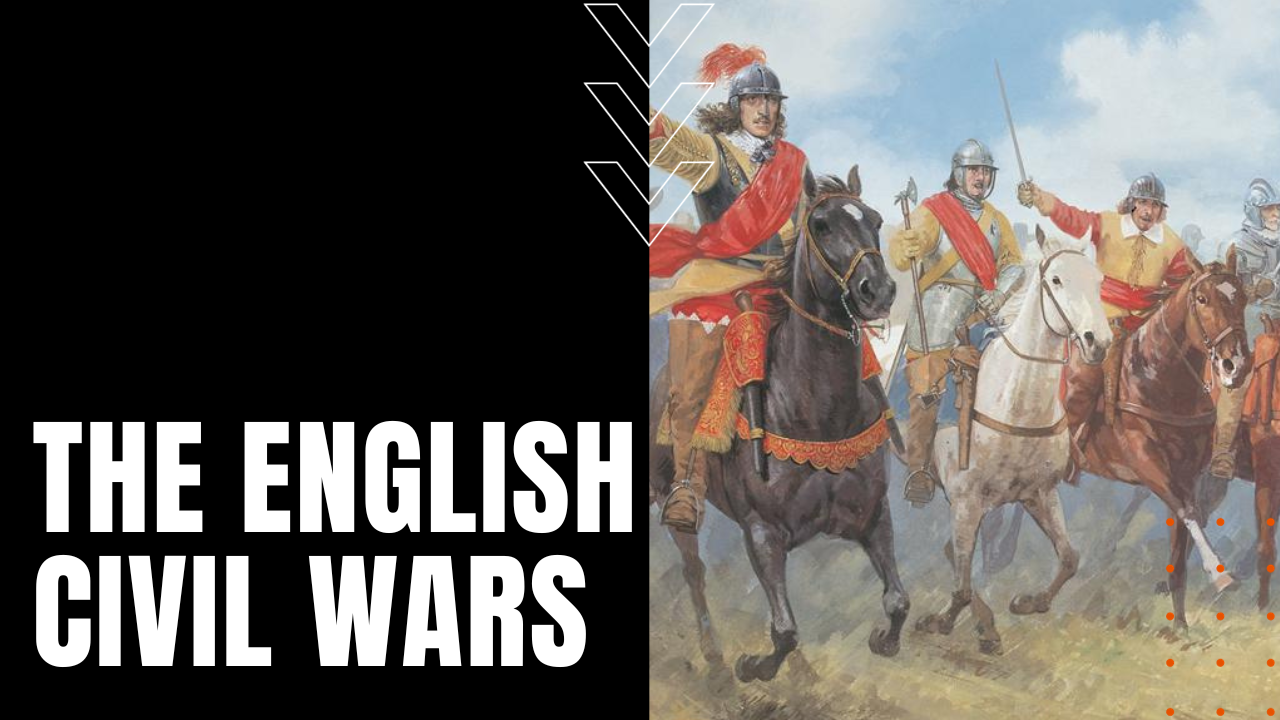The English Civil Wars

After King Charles I dismissed Parliament in favor of his own authority to rule England, the king attempted to re-instill Catholic traditions into the Church of England, sparking fierce resistance amongst Scotland’s Presbyterian majority, and after the Scottish army soundly defeated the king’s army before invading England, Charles was forced to reseat Parliament in 1640 in an attempt to settle the conflict—a governing body that quickly restricted the king’s authority over England, Ireland and Scotland.
Massacre of 1641
Tensions continued to rise in October of 1641, when Ireland’s Catholic majority massacred hundred of Protestants, and when disagreements about how to respond broke out between Parliament and the king in January of 1642, Charles fled to northern England after his attempts to arrest five opposing Parliamentarians had failed. As Royalist forces known as Cavaliers took control of northern and western England, by the start of the first English Civil War in August of 1642, Parliamentarians known as Roundheads took control of southern and eastern regions of the country.
Alliances Abound
Alliances between Royalist and Irish Catholics on the one hand, and Roundheads and Scottish forces on the other, led to the Battle of Marston Moor on July 2, 1644, leading to a Royalist defeat at the hands of a much larger Parliamentarian army. Forming England’s first permanent army of 22,000 men led by Sir Thomas Fairfax and Oliver Cromwell, the Royalist suffered a second defeat at the Battle of Naseby in June of 1645. During the Second English Civil War of 1647 to 1648, Scottish and Royalist forces were again defeated in a series of armed uprisings across England in the spring and summer of 1648, leading to the arrest, trial and beheading of King Charles I on January 30, 1649.
Cromwell as Lord Protector
During the Third English Civil War of 1649 to 1651, Cromwell led his New Model Army on a successful reconquest of Ireland, including the horrific massacre of thousands of civilians and Irish/Royalist forces at Drogheda. By war’s end, an estimated 200,000 English soldiers and civilians were killed during the three English civil wars—proportional to losses suffered in World War One given the population of England during her wars. Installing Cromwell as Lord Protector of the Commonwealth of England, Scotland and Ireland, after his death in 1658, King Charles the II resumed the throne in May of 1660, beginning a period known as the English Restoration, making the English Civil Wars, a worst hard time in the history of Great Britain.
